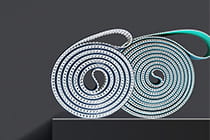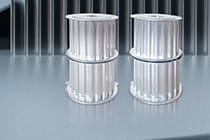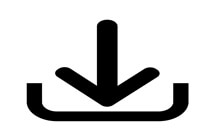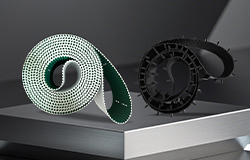Synchronous pulleys are an integral part of any power transmission system that uses timing belts. They work in tandem with the belts to transfer power efficiently and accurately.
The design of synchronous pulleys is crucial for their performance. The tooth profile of the pulley must match the tooth profile of the timing belt precisely. This ensures that the belt engages with the pulley smoothly, reducing the risk of slippage and power loss. For example, in a printing press, where accurate power transmission is essential for high - quality printing, the right combination of pulley and belt is critical.
Synchronous pulleys are available in a variety of materials, including aluminum, steel, and plastic. Each material has its own advantages. Aluminum pulleys are lightweight and corrosion - resistant, making them suitable for applications where weight is a concern, such as in aerospace equipment. Steel pulleys, on the other hand, are strong and durable, ideal for heavy - duty industrial applications.
The number of teeth on a synchronous pulley also affects its performance. A pulley with more teeth can transmit more power, but it may also increase the size and weight of the system. Engineers need to carefully consider these factors when selecting the appropriate pulley for a specific application.

 CN
CN







 Home
Home XZ
XZ  Jul 15,2025
Jul 15,2025 
 Open - Ended Timing Belts: A Flexible Solution
Open - Ended Timing Belts: A Flexible Solution 







